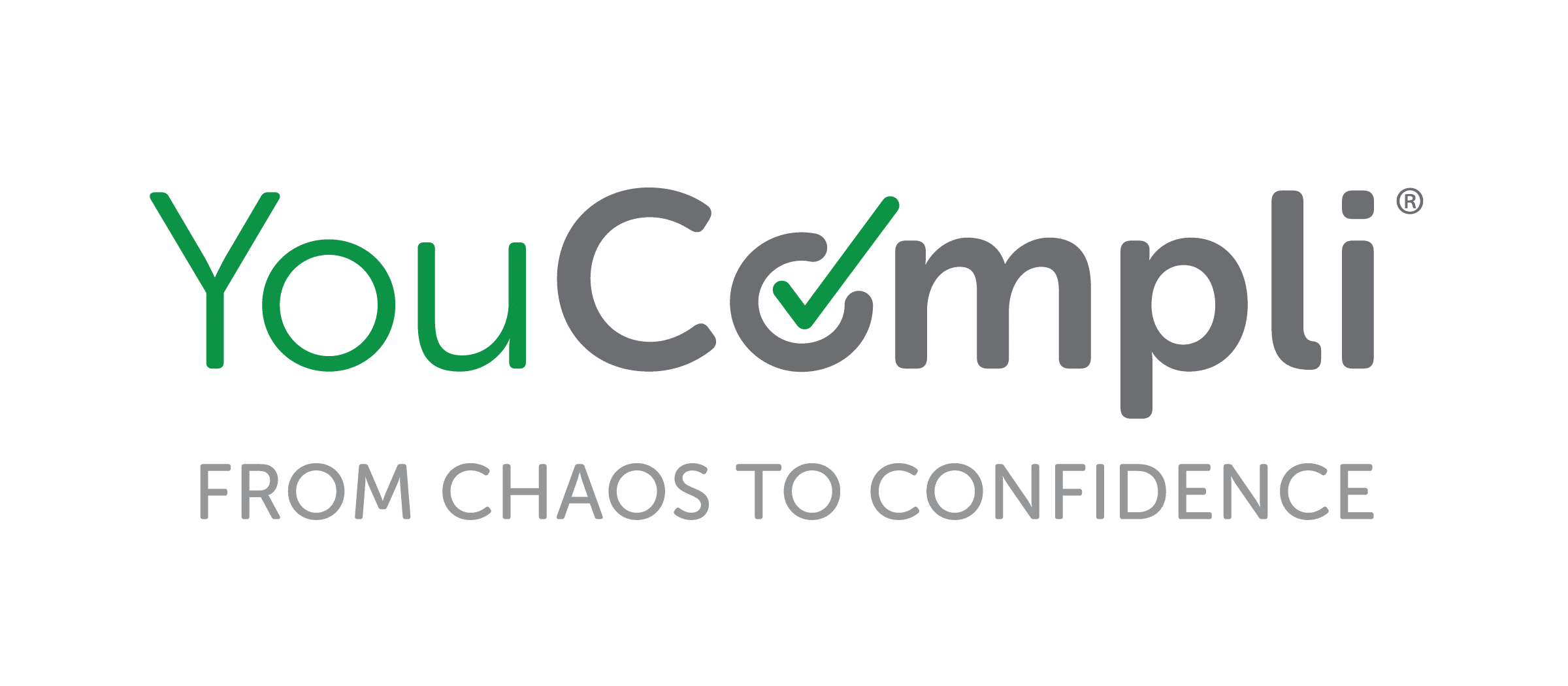
Hmmm... We can't find that page, but we know you can find value below.
Lost page, found value.
Let’s reroute you to something actually helpful.
What were you hoping to do today?
Biggest headache right now?
💡
Tip: YouCompli turns new regs into clear, trackable workflows you can prove.
You hit a broken link, but your compliance program doesn’t have to feel broken too.





